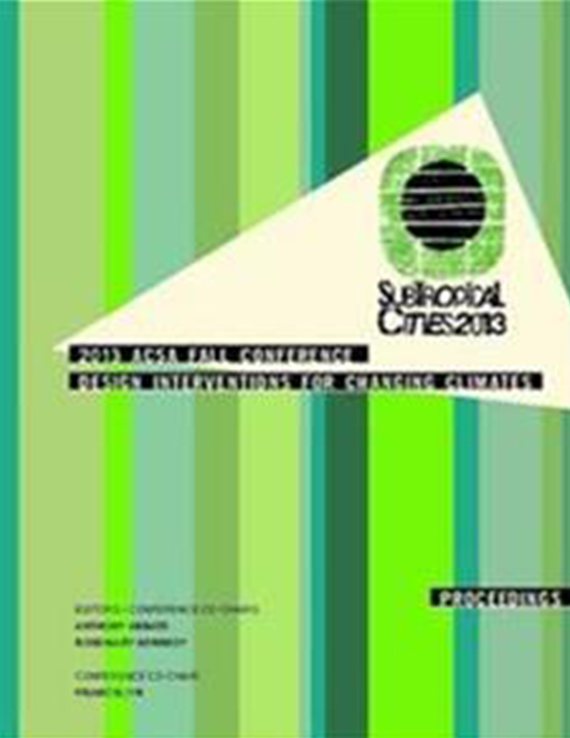Author(s): Bradford Watson & Sean Burkholder
“If it resembles something, it would no longer be the whole.”Paul ValeryHow do we define a place by the processes that shape it? More specifically, what role does “terrain”– both natural and fabricated–play in not only the definition of space, but the engagement of these formative processes? Complicating the matter, what qualities are needed for that place to be inhabitable when it is bounded by toxicity? How do existing and new processes create an environment of desire within an existing tragedy, while being projective about future environmental change? These questions set up the premise for a studio-based investigation of Butte, Montana, instructed by faculty of Architecture and Landscape Architecture. Once among the largest and fasting growing cities west of the Mississippi, this community has declined since the 1920s in population and since the 1950s in prosperity. The value of this place was established in geological time. The existing land was stubborn to relinquishing its resources requiring the insertion of hard rock mining strategies that followed a logic of geology, not legal descriptions, that altered the trajectory of the region and environment. Through the process of extracting materials, the evolution of place has been significantly altered requiring a co-evolution of inhabitation. Those who remain on ‘the richest hill on earth” and those that are downstream along the Clark Fork River will forever be influenced by America’s largest super fund site. Through a series of student projects, this paper documents the strategies employed within the landscape to create place responding to the context of Butte based on natural and manipulated environmental processes. The paper discusses the importance of understanding environmental conditions on a specific site within the context of a larger system and how subtle manipulations can alter an existing process and have profound implications both locally and regionally. While the projects vary in scale, each calls into question the normative legal borders that ecological systems ignore, yet are managed by.. Each project is formulated through research into existing methods of reclaiming the land locally and case study analysis of precedent work examining specific conditions are part of a larger system. The goal of these investigations is to better understand the implications of small moves within a larger condition and to examine the opportunities created by not restoring a place to a previous condition, but by reclaiming it to perform in a new and informed way.
Volume Editors
Anthony Abbate, Francis Lyn & Rosemary Kennedy
ISBN
978-0-935502-90-9

 Study Architecture
Study Architecture  ProPEL
ProPEL 
